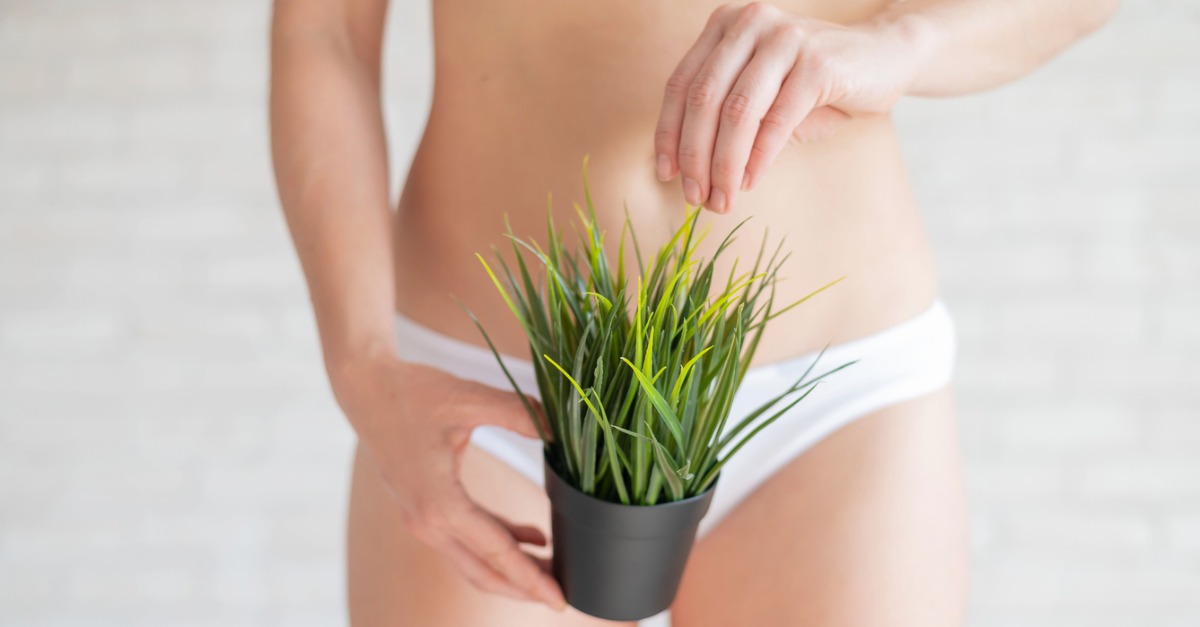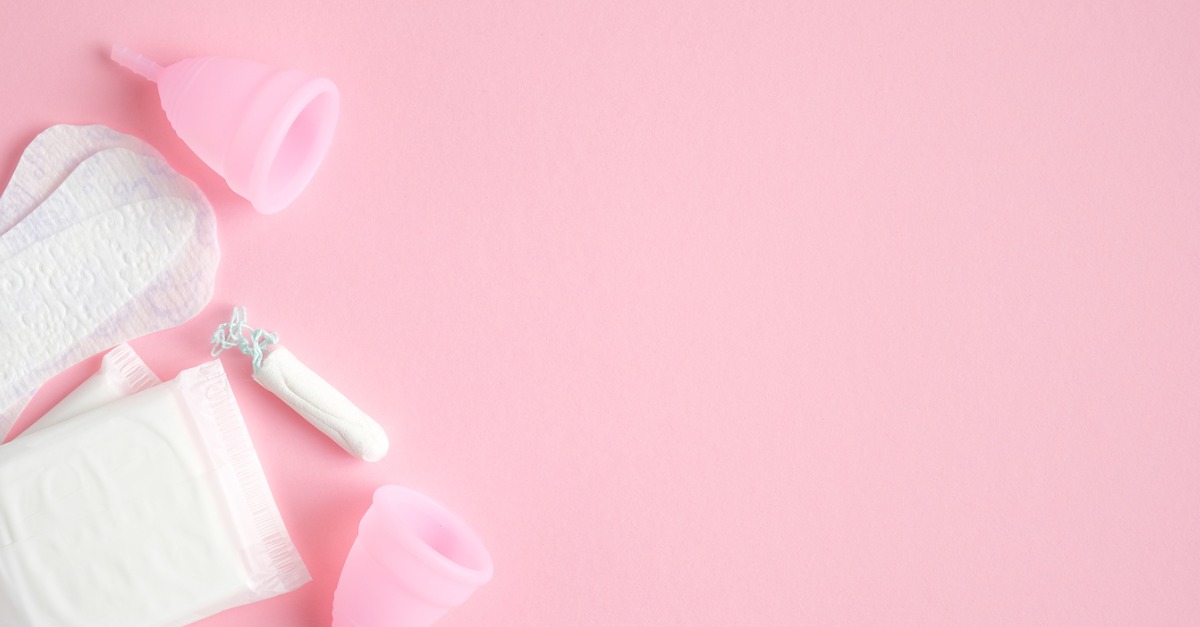To Shave, Or Not to Shave, Downstairs
Attitudes toward pubic hair grooming have, well, grown throughout the ages. Brazilian? Natural bush? A neatly trimmed triangle or abstract geometrics? These days it seems you can do just about anything with your pubic hair—but should you? And if so, how?
Understanding the Importance of Pubic Hair
Before you decide to remove even a single hair, let’s look at why they’re down there in the first place. Most medical professionals will tell you something similar. “It provides a cushion against friction that may cause skin injury, prevents dirt and bacteria from entering the vagina, and can help to spread pheromones [the chemicals we excrete to entice potential partners] and reduce heat loss,” Mamta Mamik, M.D., associate professor of obstetrics, gynecology, and reproductive science at the Icahn School of Medicine at Mount Sinai, said at SELF.
In general, pubic hair can serve a similar function to eyelashes or nose hair by trapping potentially harmful microorganisms and protecting delicate tissue. In addition, as Healthline points out, hair follicles produce sebum, an oil that prevents bacteria from reproducing. As a result, some believe pubic hair may help protect you from some STIs and STDs, though a few small studies contradict this theory.
In general, however, pubic hair is there for a reason — to protect your vagina from harm.
How Dirty Is It?
You may come across opinions that having pubic hair might be “unhygienic,” which is certainly not a unique perception.
“The Greeks and Egyptians idealized hairless bodies. Shaving and epilation techniques were commonly used . . .,” a 2013 article in the Journal of the American Academy of Dermatology explains. “This was generally felt to be a result of common infestations of body hair with parasites and the sense that a body without hair was cleaner.”
While it’s true that body hair can help absorb extra sweat (and possibly bacteria)—even “down there,” thanks to easy access to clean water and seemingly more soap and cleansing products than there are soap bubbles, modern women needn’t be as concerned as ancient Egyptians or Greeks about hygiene.
As SELF magazine puts it simply: “Bottom line: If you’re clean, your pubes will be, too. If you’re not, a Brazilian isn’t going to help you.”
The Straight on Using a Razor
As a 2019 study published in the Journal of Sexual Medicine indicates, nowadays pubic hair removal “seems strongly associated with personal, partner-related, sexual, and relational factors.” Personal aesthetic preference and comfort may also come into play.
If trimming, shaping, or removing your pubic hair is of interest to you, discuss the health pros and cons with your own gynecologist. They can help explain the safety and risks of the two most popular methods: shaving vs. waxing, including the dangers of cuts, skin damage, folliculitis, or other infections.
If you must shave, there are ways to do it right, as Anna Klepchukova, MD, Chief Science Officer at Flo recommends: “To make the shaving process more effective and minimize irritation, first exfoliate your skin with a scrub. Use creams with natural moisturizing elements (e.g., aloe). Don’t use anyone else’s razor, and shave the hair in the direction of its growth. Finish up by rubbing your skin with an ice cube to close pores. Then, in half an hour, moisturize with a lotion.”
At Covington Women’s Health Specialists, we want to help keep your pubic hair and everything else both happy and healthy. Arrange an appointment with us online or call 770-385-8954.








